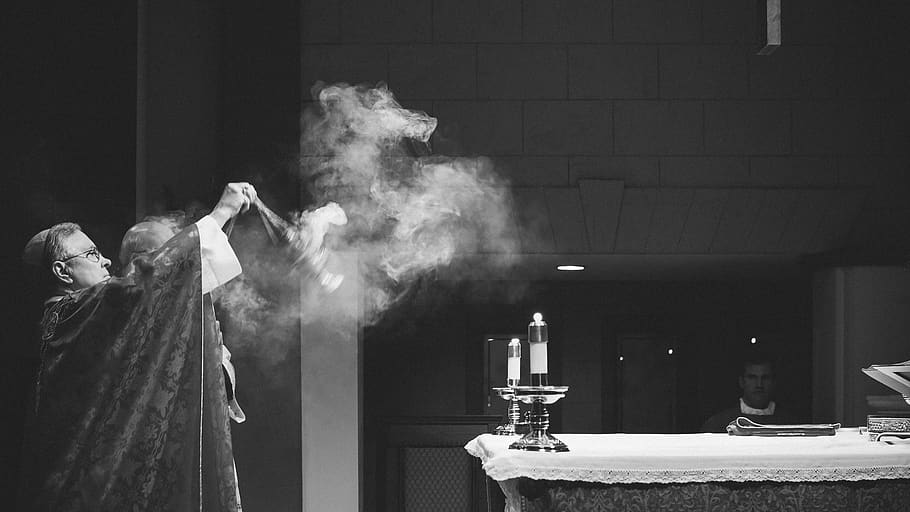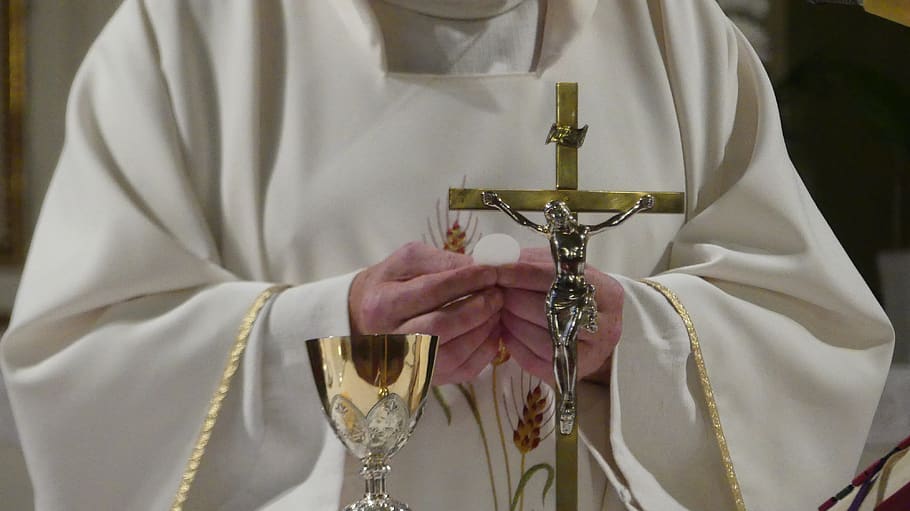Gregorian Series of 30 Masses (Deceased Only) and Single Masses for the Living or Deceased
The Catechism of the Catholic Church states: “From the beginning the Church has honored the memory of the dead and offered prayers in suffrage for them, above all the Eucharistic Sacrifice, so that, thus purified, they may attain the beatific vision of God” (1032). The tradition of offering Masses for others, most especially the deceased, dates back to the earliest days of the Catholic Church. However today, offering Masses in local parishes can be difficult due to crowded Mass intention schedules and fewer parishes. Women of Grace can now help eliminate this and many other challenges. Monsignor Matthew Odong, Rector at Sacred Heart Seminary Lacor and Director of Archbishop Flynn Secondary School, and the priests of the Archdiocese of Gulu, Northern Uganda, offer this amazing gift in partnership with the Women of Grace Apostolate. We have had a working relationship with Msgr. Odong for more than 25 years.
Your generous mass stipend assists the priests of the Archdiocese of Gulu in their work and ministry to the Catholic Church in Northern Uganda.

Gregorian Series of 30 Masses
Request a massThe practice of Gregorian Masses is an ancient tradition in which it is believed that a continuous series of thirty Masses would release the soul of a deceased person from the punishments of Purgatory.
The practice of Gregorian Masses goes back to a tradition from Pope St. Gregory the Great (540-604). According to legend, a deceased monk appeared and requested 30 Masses to be celebrated for the release of his soul from purgatory.
On the completion of the stipulated days he appeared once more radiant in heavenly glory.
From this legend the practice of celebrating 30 consecutive Masses for one and the same person with the intention of procuring release from purgatory became an established custom which has been regulated in various ways over the centuries.

Single Masses
Request a massThe Holy Mass transcends time and space, uniting the faithful in heaven, on earth and in purgatory into a Holy Communion, and the Holy Eucharist Itself augments our union with Christ, wipes away venial sins, and preserves us from future mortal sins (cf. Catechism, No. 1391-1396). Therefore, the offering of Mass and other prayers or sacrifices for the intentions of the faithful still living, and the faithfully departed, are good and holy acts.
In the early history of the Church, we also see evidence of prayers for the dead. Inscriptions uncovered on tombs in the Roman catacombs of the second century evidence this practice. For example, the epitaph on the tomb of Abercius (d. 180) Bishop of Hieropolis in Phrygia begs for prayers for the repose of his soul, Tertullian in 211 attested to observing the anniversary of death with prayers. Moreover, the Canons of Hippolytus (c. 235) explicitly mention the offering of prayers for the dead during the Mass.
